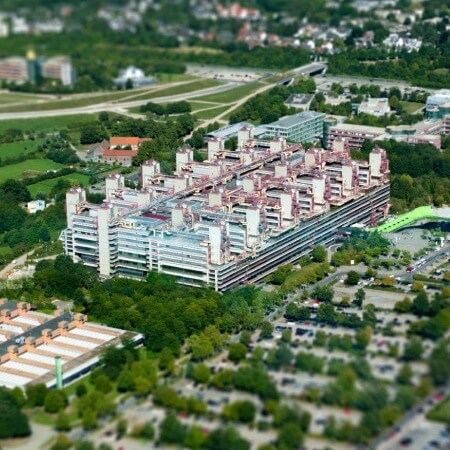About the disease
Spinal muscular atrophy is a rare hereditary disorder that causes nerve cells, known as motor neurons, to be lost due to muscle wastage. This genetic condition can develop if a baby inherits an altered gene (SMN1) from both parents. In severe cases, spinal muscular atrophy can be fatal if it progresses very rapidly. It is the most common cause of genetic death in infancy. Since this disease causes extreme muscle weakness, including the internal muscles that are responsible for breathing and swallowing, it can cause recurrent respiratory diseases, including pneumonia.
The onset of symptoms generally starts during childhood (from the age of 6 months), but in some cases it may only start to manifest itself in the third decade of adulthood. Life expectancy is usually normal in children who develop spinal muscular atrophy after the age of 12 months. However, they may still suffer from muscle weakness and respiratory problems, which will require regular monitoring by a doctor.
Symptoms
- Muscle weakness
- Weak muscle tone
- Weak reflexes in the muscles or their lack thereof in severe cases
- Respiratory problems
- Difficulty swallowing or crying loudly
Diagnosis
- During a general examination, the doctor will check the child’s reflexes, muscle strength and mobility.
- The doctor will also listen to the child’s lungs. Children with spinal muscular atrophy usually cry very quietly. In adults, extreme muscle weakness is the main manifestation of spinal muscular atrophy.
- An electromyogram is a diagnostic test that can help to identify muscle denervation associated with spinal muscular atrophy.
- Genetic testing can determine whether or not both parents are carriers of the SMN1 gene, which causes spinal muscular atrophy.
Treatment
- Conservative treatment, including the prescription of Nusinersen, can be very effective. This drug is administered by injection into the central nervous system.
- Various orthotic devices can be used to assist mobility if the patient has problems with walking.
- Respiratory care is also important, to avoid infections and problems with swallowing.
Authors:
This article was edited by medical experts, board-certified doctors Dr. Nadezhda Ivanisova, and Dr. Bohdan Mykhalniuk. For the treatment of the conditions referred to in the article, you must consult a doctor; the information in the article is not intended for self-medication!
Our editorial policy, which details our commitment to accuracy and transparency, is available here. Click this link to review our policies.




















